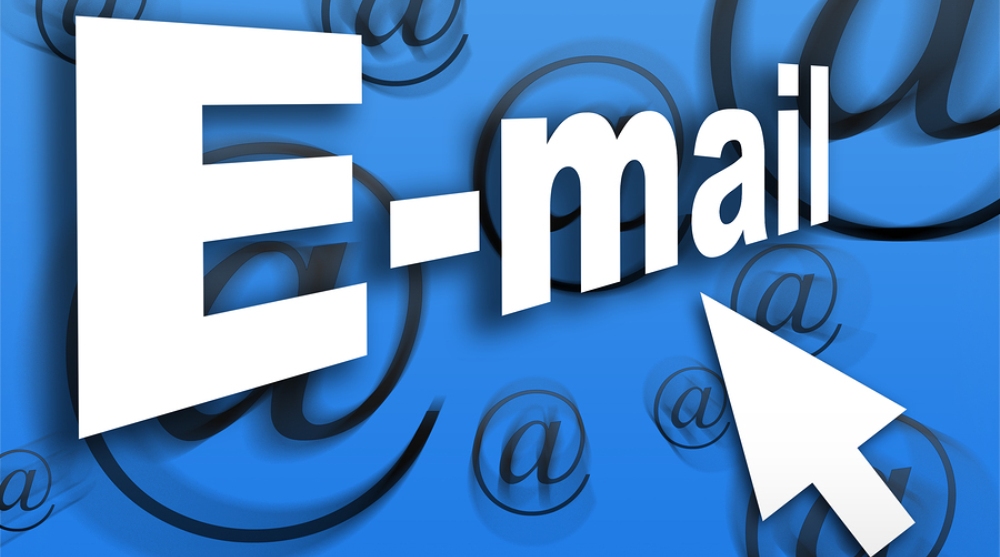
How much time do you spend reading emails? How about writing them? If you’re like most entrepreneurs, you’ll probably answer both of these questions with an accurate, yet vague: “a lot.”
The average American worker spends about 4.1 hours a day checking email, which includes writing, reading, organizing, and quite honestly, probably staring blankly at the screen. As an entrepreneur, I’d guess you spend even more time than that, ranging into the 5 or 6 hour mark.
But, what are you actually doing during those hours, which apparently eat up half (or more) of your day? Are you and your employees managing your email efficiently? Are you wasting time on one particular person or method of communication?
Maybe. Up until now, there hasn’t been an easy way to tell—just a combination of gut feelings and sparse, vague feedback from others (if you’re lucky). But now, for Gmail and Google (News - Alert) Suite users at least, there’s a tool that can help you uncover some of these insights.
The Power of Objective Analysis
A new tool called EmailAnalytics has just launched, with the aim of helping to improve our objective understanding of why, how, and how much time we spend on emails.
Billing itself as “Google Analytics for Gmail,” the platform crawls and collects data from your Gmail account (and potentially, those of your employees), then presents it in customizable reports, which help you intuitively understand your email usage with colorful, minimalist visualizations.
So what can you do with this data?
- Identify pain points. The visualizations in EmailAnalytics make it easy to spot outliers. For example, if you notice that you spend far more time writing emails than reading them, it could mean that you struggle with articulating or organizing your thoughts. If there’s one particular client or employee who takes up a disproportionate number of emails, it could be a sign that they’re too needy or demanding. These data can help you identify problems so you can come up with appropriate solutions.
- Improve efficiency. Almost everything in the email world can afford to be tightened up. Our subject lines can be more concise. Our email bodies can be more point-driven. Our conversation threads can unfold over a smaller number of total messages. Since you’re probably receiving 122 messages a day (or more), shaving even a minute off each email could net you a return of two hours of total productivity.
- Optimize resources. Since you can also use EmailAnalytics to monitor and assess your employees’ email usage, you can use the data you find to reallocate your key human resources. For example, if one of your team members is especially efficient at emailing, you can give them a more active role in management and communications. If you find that one employee is emailing far less than your others, you can rebalance workloads to assign them more tasks and responsibilities, ensuring no employees are underutilized. For many businesses, there’s no greater window into an employee’s workload and responsibilities than their email activity.
Key Data Points to Consider
These objectives sound great, but to get there, you’ll have to look at several different data points, including:
- Categorical breakdowns. The app enables users to get a high-level glimpse of how many emails are in each of several major categories, including inbox, trash, starred items, and items in various folders. This is especially helpful if you’re working on a cleanup initiative.
- Time tracking. There are various time tracking apps available, but none of them are specialized at tracking the amount of time spent conducting email communication.
- Email thread analyses. Most emails unfold over conversations, or threads, with multiple responses (and sometimes, multiple participants). It’s helpful to know who’s doing the initiating, who’s sending the most messages, and how many messages it takes to close a thread.
- Senders and recipients. You’ll get a close look at who’s doing the sending and receiving in your company; chances are, there are some outliers here.
- Attachments. Attachments may seem innocuous, but they can indicate the value of various emails. The types, sizes, and frequencies of email attachments can all be valuable clues.
- Response times. Most people expect a response within 24 hours, but in most cases, a faster response is better. Can you cut your response times down to an hour or two? Are any of your employees failing to meet that 24-hour goal?
Since you probably aren’t used to analyzing email analytics and usage metrics—after all, email analytics for productivity tracking is a pretty new concept—it may take you some time to get used to this method of analysis. Once you do, you’ll be able to assess your email performance, the productivity of your team, and eventually optimize team workloads to maximize efficiency.
Edited by Mandi Nowitz
